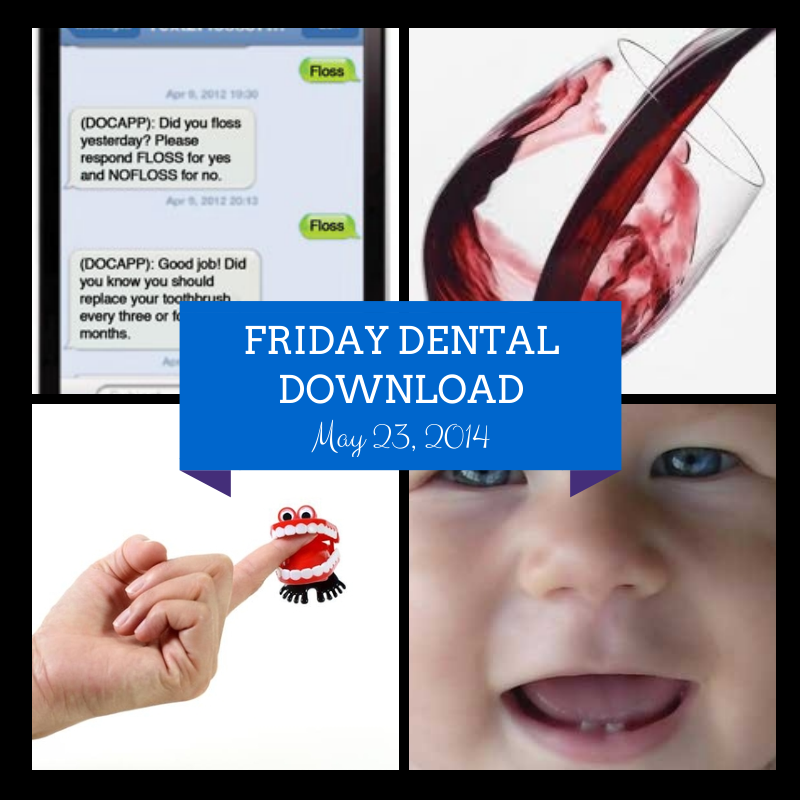This week, we learn from our own DentaQuest
Institute how a fee schedule can improve a safety net dental program, hear how
researchers are creating a new tool for diagnosing gum disease, and check out a
new laser that can help repair teeth. Join the conversation on Twitter using
#FridayDentalDL.
Mark Doherty, DMD,
is the Director of Safety Net Solutions at DentaQuest Institute. This week, Dr.
Doherty offers DentistryIQ readers an
inside look at how using a fee schedule can benefit a safety net dental
program, and suggests resources that can help determine an appropriate system
for any practice. Curious as to what a safety net dental program is? Check out
Dr. Doherty’s recent article, “How to create and manage a successful safety
net dental program,” or visit DentaQuestInstitute.org.
Researchers at
Columbia University are working to create a tool to more easily identify whether
a patient’s gum disease is chronic or aggressive, so that dentists can more
effectively prescribe a treatment. Currently, the two forms of gum disease have many
overlapping symptoms, so researchers want this tool to use the genes and
biological makeup of the mouth to provide a more exact diagnosis.
Harvard University
scientists created a laser that can activate stem cells to help heal and repair
teeth. At DentaQuest, we believe in helping our patients heal damaged teeth, so
a tool that could improve the process of repairing teeth might be a huge
breakthrough in the industry.
We know that good
oral health is imperative to overall health, and this article offers tips on
maintaining a set of pearly whites that will help maintain overall wellness.
For more tips, check out our Oral Health Library.





